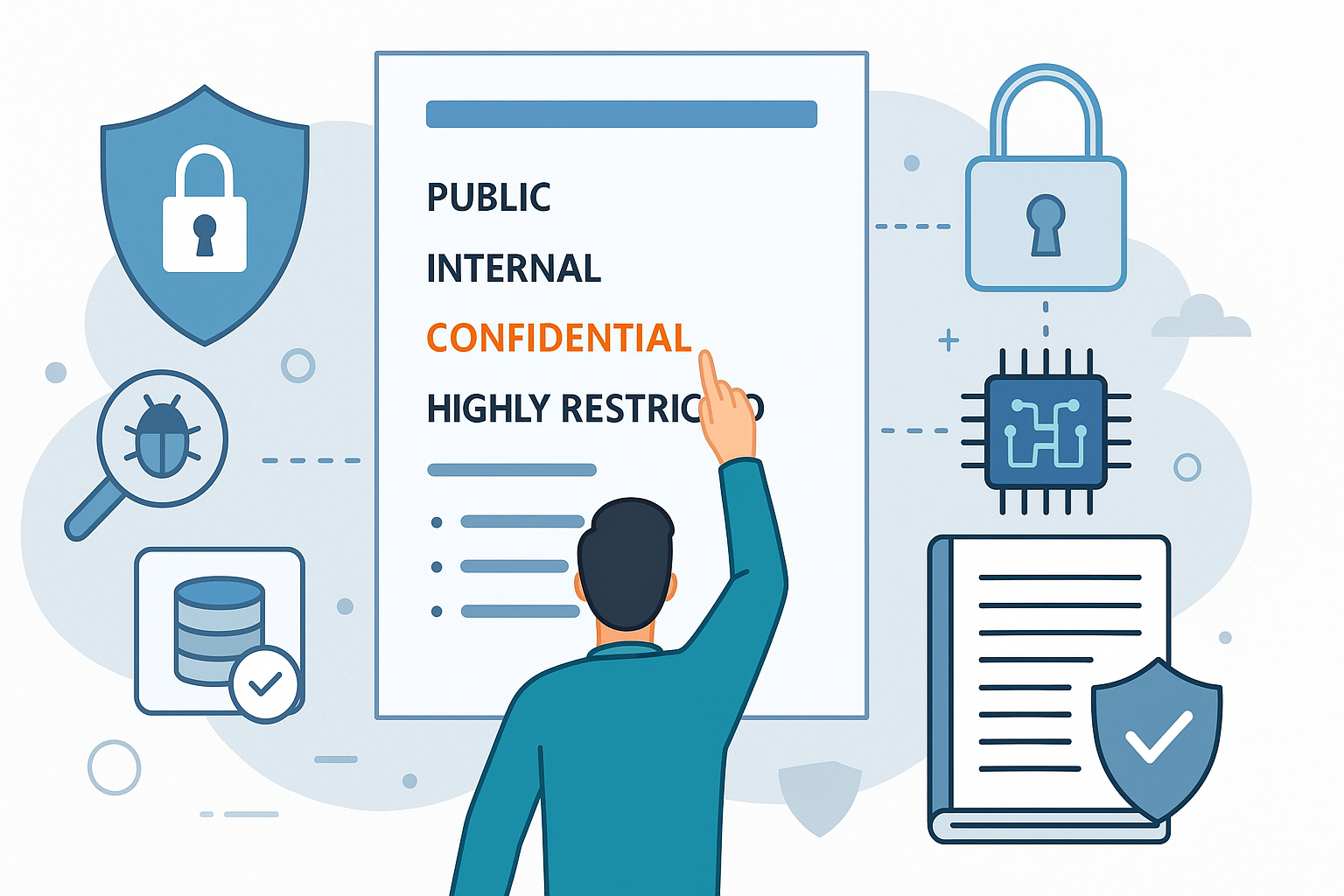A Guide to Understand the Shipping and Receiving Process
Shipping and Receiving is one of the vital processes of Supply Chain Management as its success and quality depend on it. Most of the companies will be determined to choose the logistics services and trucking company that is capable of handling the shipping and receiving process accurately.
The shipping and Receiving process can also be defined as ‘The Inbound and Outbound Logistics process’ and is ultimately a critical component that helps achieve accuracy with respect to the inventories. Most of the Warehouse Management Systems (WMS) used today have dedicated modules to handle the shipping and receiving processes and address the issues related to shipping and receiving processes.
Why maintaining accuracy is crucial for the shipping and receiving process?
The process of shipping and receiving is volatile and time-dependent in nature. If the details of the inbound and outbound status are not maintained with accuracy, it may collapse the entire supply chain management. Maintaining accurate information of the process also plays a key role in the timely delivery of the shipments.
For instance, if the shipping of a consignment is not recorded/reported accurately into the system, it becomes impossible for the receiving end to track and receive the consignment. Likewise, if there’s a mistake in operating the outbound process accurately, the consignments may not be delivered on time to the recipient. This will collapse the entire process of logistic service.
Let’s Get to the Basics of Shipping and Receiving,
With an adequate understanding of the basics of shipping and receiving processes, how it impacts the overall supply chain can be understood,
Shipping (Inbound Process)
The shipping process mainly involves the following steps,
Receipts: The first and foremost step in the shipping process is the recording and generation of receipts. The essential information like item, measurement, quantity, lot number, date of manufacturing, date of expiration, item serial number, receipt status and other essential details must be recorded in the receipts in order to maintain the accuracy of the records throughout the process of supply chain management.
Pre-Receipt: Pre-receipts are nothing but the automated process of recording receipts. This helps reduce time and maintain accuracy even for shipping companies that have engaged warehouses with large receiving yards and handle large volumes of shipments.
Load Appointments: Once the pre-receipt or receipt is recorded, the shipping and receiving system must ensure the loan appointments and dock reservations, and other essential shipping arrangements are initiated at the earliest. The delay in this step will have a direct impact on the timely receiving and delivery of the shipment.
Loan Assignments: The warehouse coordinator’s critical job is to identify the consignment from the dock accurately as is mentioned in the receipt and load them to the respective truck.
Real-time Tracking: With the help of details on the receipt or ‘bar-code’, the shipping coordinators can track the activity in real-time and make sure there’s no delay or confusion in the shipping. Real-time tracking helps in achieving a smooth shipping process.
Movement Tracking: The Truck on the move with the loaded consignment can be tracked using modern systems like ‘License Tracking’ or ‘GPS systems’
Unloading/ Emptying the Career: The final step of the shipping process is the record the information on whether the career has been emptied and the respective shipment is unloaded.
Receiving (Outbound Process)
Order Entry – Just like the pre-receipts maintained in the shipping process, Order entry is an automated process at the receiving end to validate the order, identify the duplicates and handle exceptions.
Replenishment – In this step, the receiving system will record the pre-requisite information for the future deliveries of the recipient.
Picking Product – There are different picking strategies used to pick the shipment to be delivered to the customers from the warehouses. Following are some of the popular picking strategies,
- Pick-By-Line Picking
- Cluster Picking
- Zone Picking
- Batch Picking
- Paper-Based Picking
- Label-Based Picking
Packing – In receiving (outbound process), packing is the most crucial part. With respect to the order and the customer requirements, the items must be inspected, labeled, and packed accordingly.
Staging – In most cases, staging the locations is automatically assigned by the system. This step involves preparing the shipment to be loaded for delivery to the customer.
Loading – The item is loaded onto the delivery vehicle in this step.
Delivery – This is the final step of receiving where the item is handed over to the customer in his/her delivery location.
Take the next step towards your professional goals in BA Supply Chain Management
Don't hesitate to talk with our course advisor right now
Receive a call
Contact NowMake a call
+1-732-338-7323Related blogs on BA Supply Chain Management to learn more

Tips to become a successful BA Supply Chain Management Professional
If you’re a beginner to the BA-Supply Chain Management profession, you’re likely to catch at many mysteries around Bachelor of Applied Science Supply Chain Management. Here are some quick tips to help you build a successful career in Supply Chain Man
Latest blogs on technology to explore

From Student to AI Pro: What Does Prompt Engineering Entail and How Do You Start?
Explore the growing field of prompt engineering, a vital skill for AI enthusiasts. Learn how to craft optimized prompts for tools like ChatGPT and Gemini, and discover the career opportunities and skills needed to succeed in this fast-evolving indust

How Security Classification Guides Strengthen Data Protection in Modern Cybersecurity
A Security Classification Guide (SCG) defines data protection standards, ensuring sensitive information is handled securely across all levels. By outlining confidentiality, access controls, and declassification procedures, SCGs strengthen cybersecuri

Artificial Intelligence – A Growing Field of Study for Modern Learners
Artificial Intelligence is becoming a top study choice due to high job demand and future scope. This blog explains key subjects, career opportunities, and a simple AI study roadmap to help beginners start learning and build a strong career in the AI

Java in 2026: Why This ‘Old’ Language Is Still Your Golden Ticket to a Tech Career (And Where to Learn It!
Think Java is old news? Think again! 90% of Fortune 500 companies (yes, including Google, Amazon, and Netflix) run on Java (Oracle, 2025). From Android apps to banking systems, Java is the backbone of tech—and Sulekha IT Services is your fast track t

From Student to AI Pro: What Does Prompt Engineering Entail and How Do You Start?
Learn what prompt engineering is, why it matters, and how students and professionals can start mastering AI tools like ChatGPT, Gemini, and Copilot.

Cyber Security in 2025: The Golden Ticket to a Future-Proof Career
Cyber security jobs are growing 35% faster than any other tech field (U.S. Bureau of Labor Statistics, 2024)—and the average salary is $100,000+ per year! In a world where data breaches cost businesses $4.45 million on average (IBM, 2024), cyber secu

SAP SD in 2025: Your Ticket to a High-Flying IT Career
In the fast-paced world of IT and enterprise software, SAP SD (Sales and Distribution) is the secret sauce that keeps businesses running smoothly. Whether it’s managing customer orders, pricing, shipping, or billing, SAP SD is the backbone of sales o

SAP FICO in 2025: Salary, Jobs & How to Get Certified
AP FICO professionals earn $90,000–$130,000/year in the USA and Canada—and demand is skyrocketing! If you’re eyeing a future-proof IT career, SAP FICO (Financial Accounting & Controlling) is your golden ticket. But where do you start? Sulekha IT Serv

Train Like an AI Engineer: The Smartest Career Move You’ll Make This Year!
Why AI Engineering Is the Hottest Skillset Right Now From self-driving cars to chatbots that sound eerily human, Artificial Intelligence is no longer science fiction — it’s the backbone of modern tech. And guess what? Companies across the USA and Can

Confidence Intervals & Hypothesis Tests: The Data Science Path to Generalization
Learn how confidence intervals and hypothesis tests turn sample data into reliable population insights in data science. Understand CLT, p-values, and significance to generalize results, quantify uncertainty, and make evidence-based decisions.